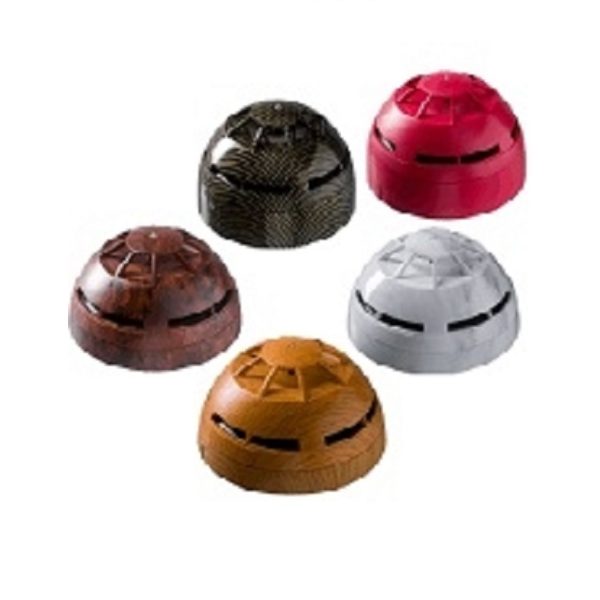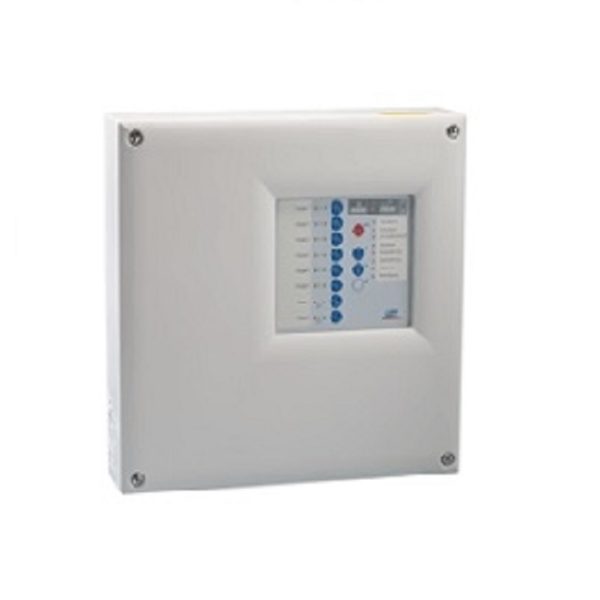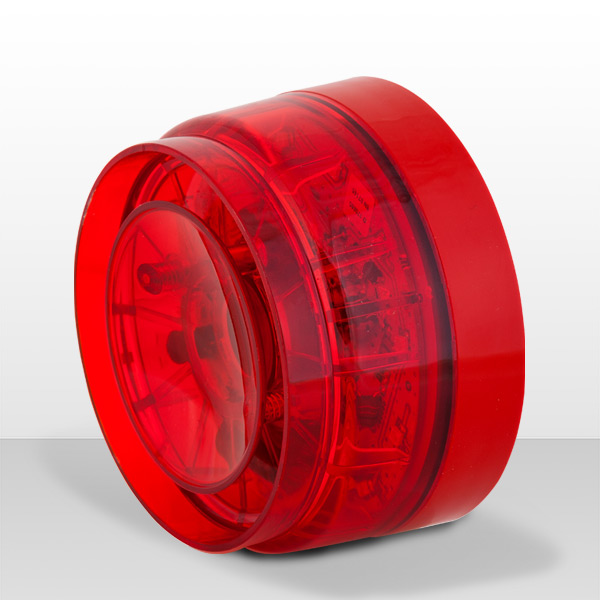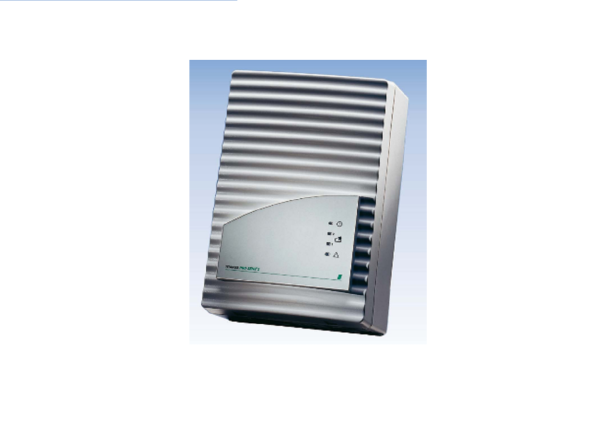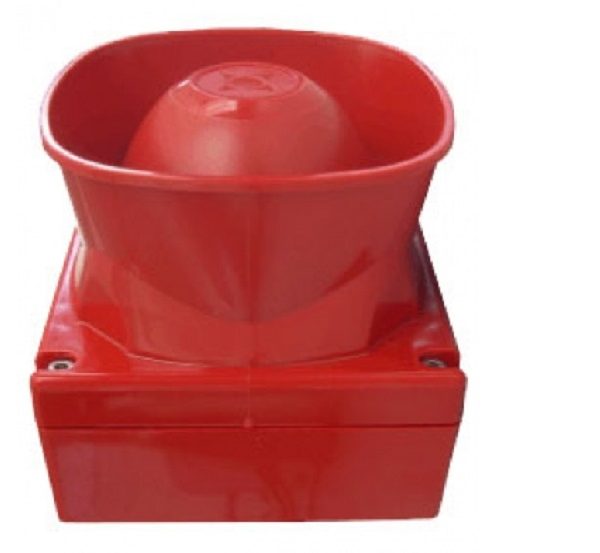The Smoke Aspiration System TP-1/A serves for the mo-
nitoring of one or two independent areas. The housing
is prepared for the connection of one pipe network. By
breaking out the second aspiration hole, the housing is
upgraded to a two-channel smoke aspiration system.
Thanks to the high response sensitivity of the detector
modules, the system can be used for early fire detection
in rooms as well as for monitoring technical equipment,
such as switch cabinets or computer systems.
Via the pipe network, air is sampled from the monito-
red room and directed to a detector module, which
analyses the air samples. If the smoke concentration
exceeds the permissible value, an alarm is activated,
which is optically indicated on the unit and transmitted
to the fire detection control panel.
The continuous air flow, which is generated by a venti
–
lator in the smoke aspiration system housing, is perma-
nently monitored. A failure of the ventilator, a
blockage
of the aspiration holes or a pipe burst are detected and
optically indicated on the unit and transmitted to the fire
detection control panel as fault message.
Depending on whether the device is used as single
channel or two-channel smoke aspiration system, the
Front Foil FW-TP-1 or FW-TP-2 is sticked on the front
of the housing. The front foil is used for labelling the
display elements.
The smoke aspiration system housing is provided with
the entire evaluation electronics. However, the detector
module, the front foil and the sensor pipe network are
not included. A serial interface for communication with
a PC software is installed in the unit. Light emitting dio-
des on the front of the unit indicate operation, fault and
alarm/area 1 and alarm/area 2.
To minimise the risk of false alarms, it is possible to
connect a single pipe network to both sensing cham-
bers and to operate the detectors in interdependence
of two detectors.

